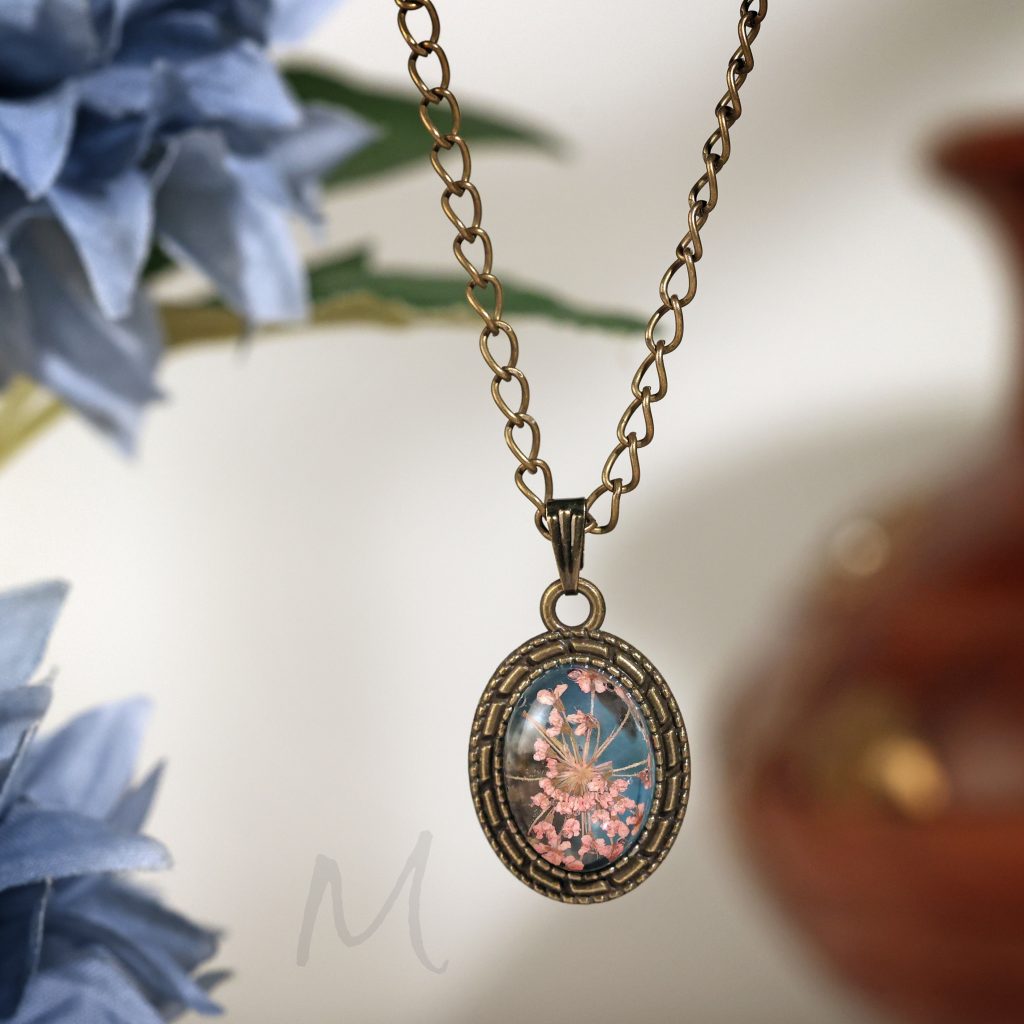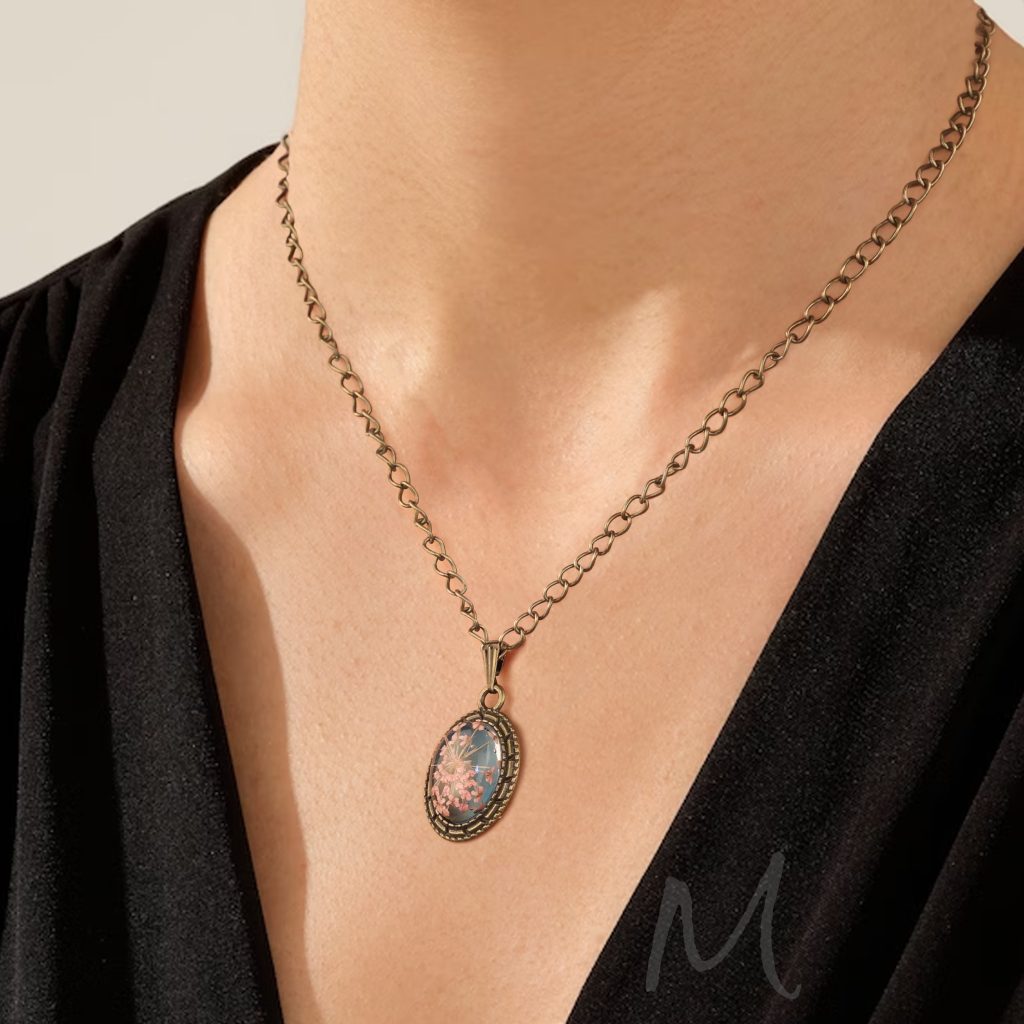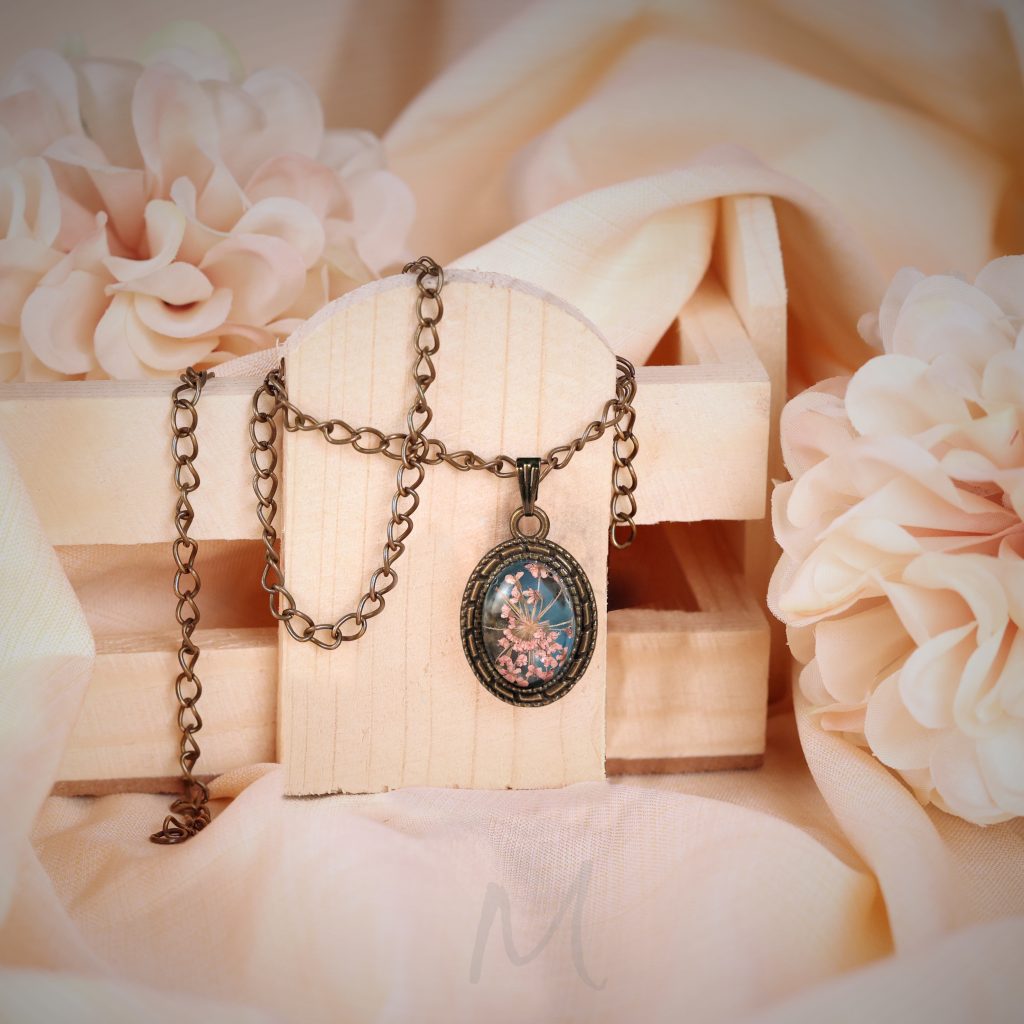What is E-Commerce Product Photography?
Product photography for e-commerce is the art of capturing images of products to showcase them on your online store or marketplace. These images are intended to accurately represent the product’s appearance, features, and quality, allowing potential customers to make informed purchase decisions. High-quality product photos can build trust, engage customers, and ultimately drive sales.
Product photography plays a great role in the success of e-commerce business. In a highly competitive online marketplace, high-quality product images can make the difference between a customer making a purchase or moving on to a competitor. In this comprehensive guide, we will explore the art of product photography and provide you with the knowledge and skills needed to create stunning product images that will captivate your audience and boost your e-commerce sales.
Product photography is a crucial aspect of e-commerce, as it directly impacts how potential customers perceive and interact with your products online. High-quality product images can make the difference between a successful sale and a lost opportunity. NibbleandPixel offers the best e-commerce product photography services, we’ll cover the basics of what it is, why it matters, and some key tips for getting started. Connect with profession photographers who deliver high quality ecommerce product photography services in Delhi, Noida, Gurgaon and others.
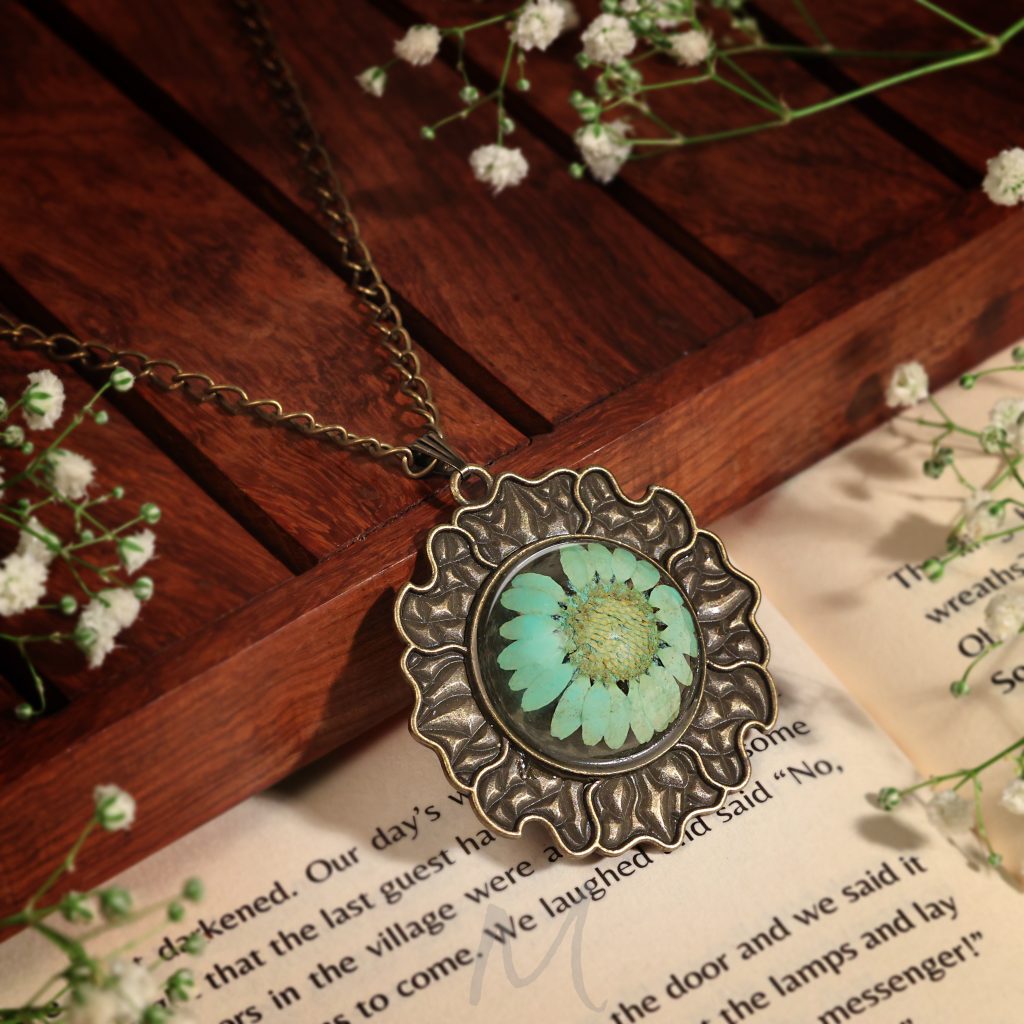
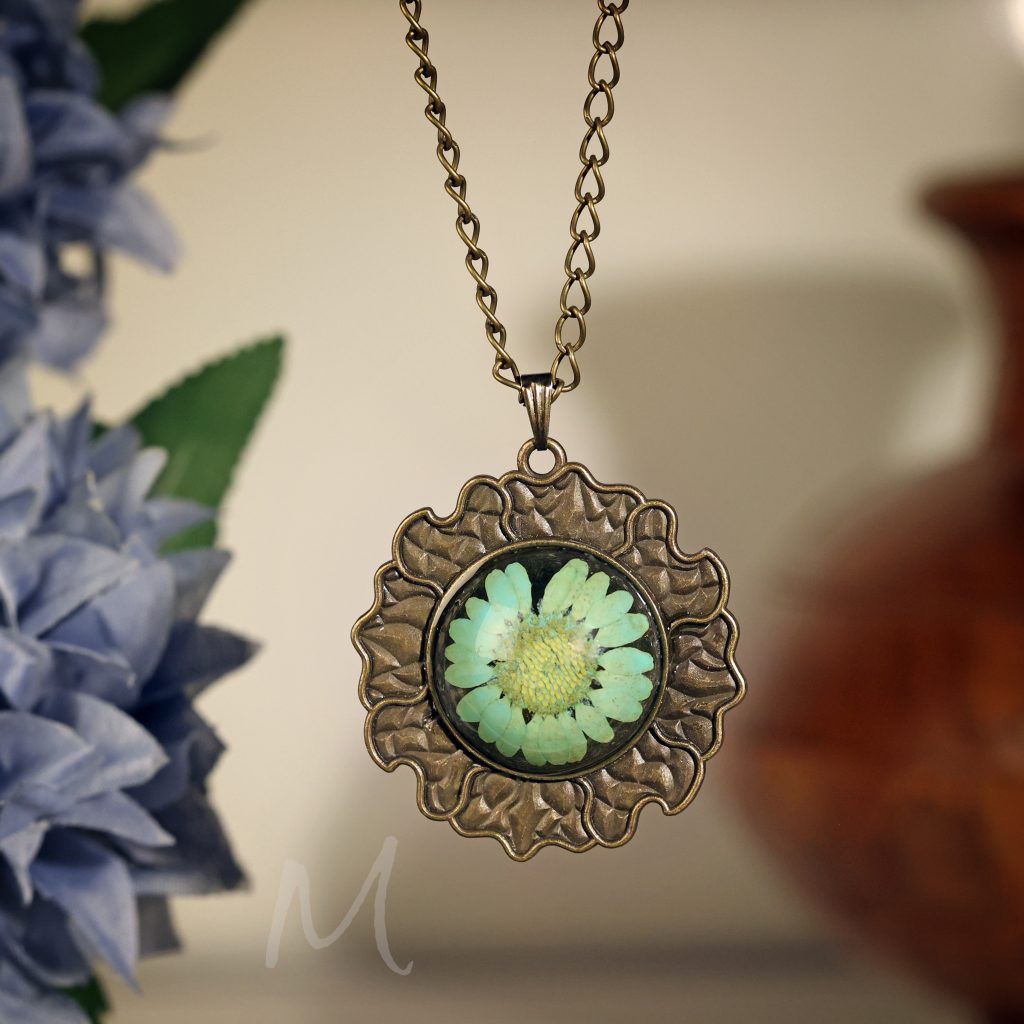
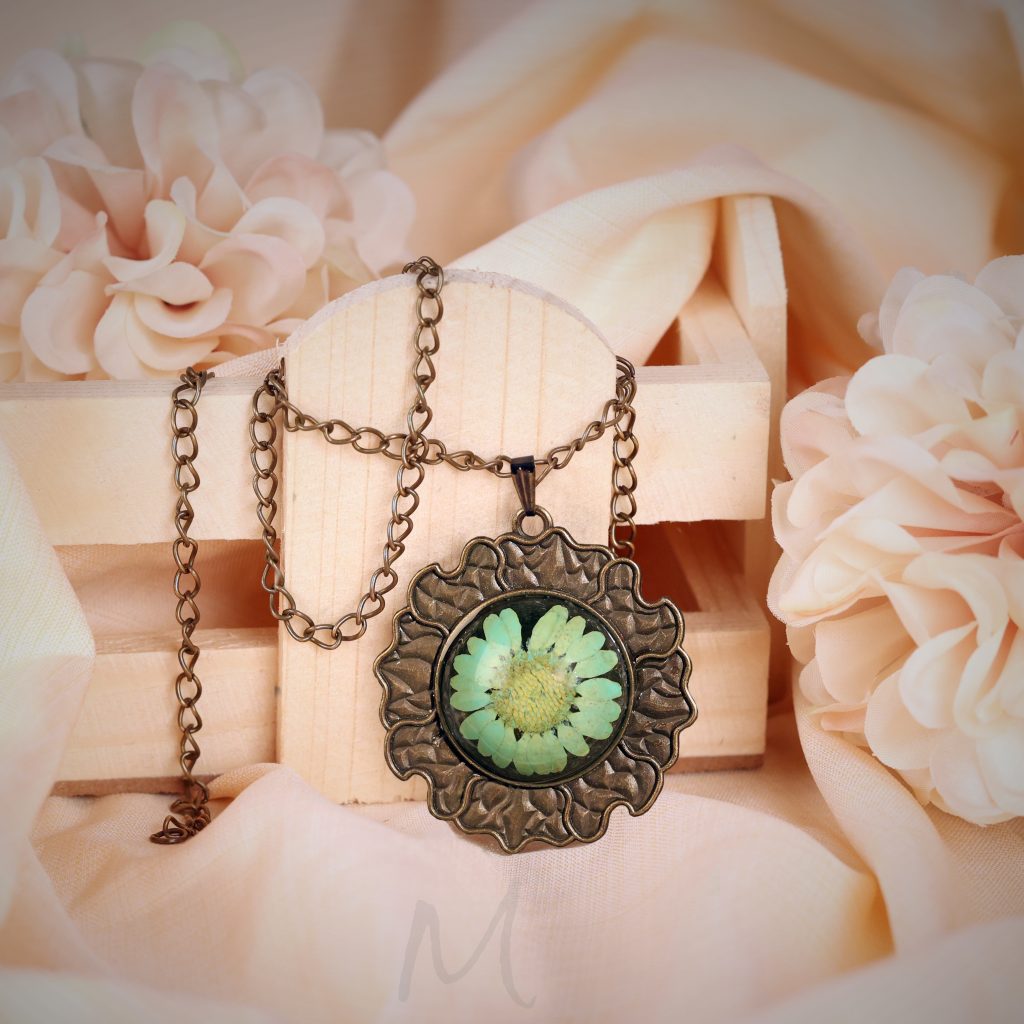
Importance of High-Quality Product Photography:
The importance of high-quality product photography cannot be overstated. When shopping online, customers rely solely on product images to make their purchasing decisions. Without the ability to touch, feel, or try on products, the visual representation becomes the primary selling point. High-quality product photos not only showcase the features and details of your products but also instil confidence in potential buyers, ultimately leading to increased sales and customer satisfaction.
Ecommerce Product Photography Tips and Tricks:
Here are some additional tips and tricks to take your product photography to the next level:
- Invest in a quality tripod and remote shutter release for sharp and stable images.
- Use a colour checker or gray card for accurate colour reproduction.
- Experiment with different backgrounds and props to add visual interest.
- Capture multiple angles and close-up shots to showcase product details.
- Shoot in RAW format for maximum flexibility during post-processing.
- Keep your camera level to avoid perspective distortion.
- Utilize natural light, but avoid harsh shadows by diffusing or bouncing the light.
- Use a reflector or fill light to reduce shadows and create a more even lighting setup.
- Consider using a macro lens for capturing intricate details and textures.

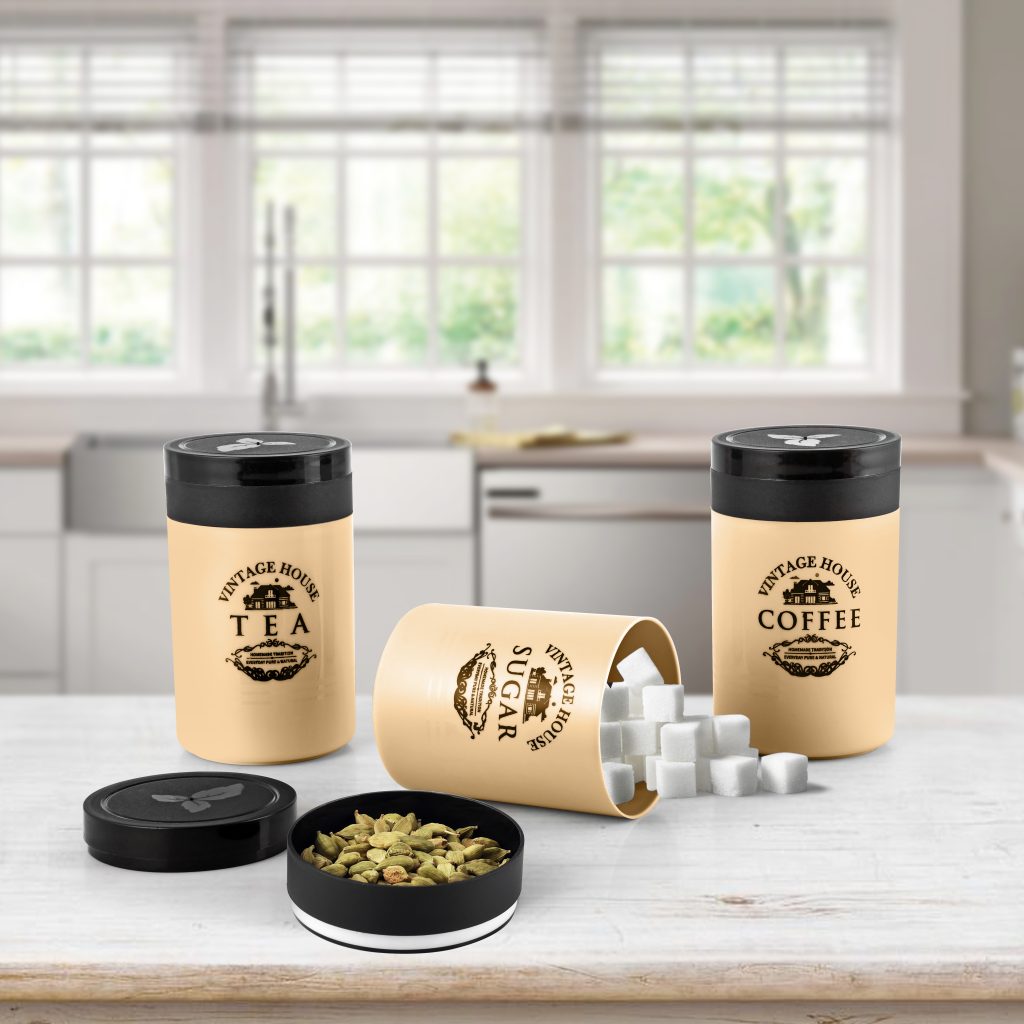
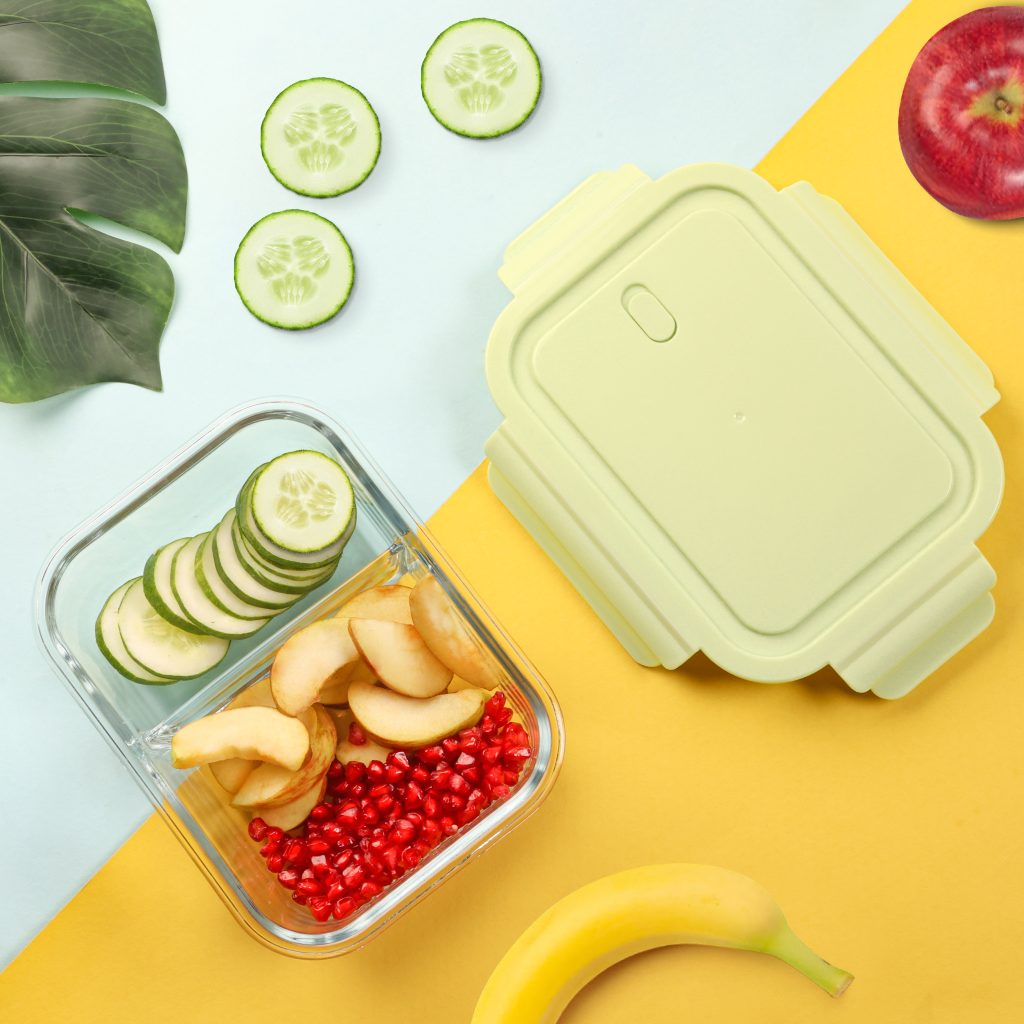
Key Tips for Successful Product Photography:
- Invest in Equipment: While you don’t need to break the bank, investing in a good camera, tripod, lighting equipment, and a backdrop can significantly improve your product photos.
- Lighting: Proper lighting is essential for capturing well-lit, sharp images. Natural light is often ideal, but you may also use studio lighting for controlled results.
- Backgrounds: Use clean and uncluttered backgrounds to keep the focus on the product. Common background choices include white, black, gray, or a color that complements your product.
- Angles and Perspectives: Experiment with different angles and perspectives to showcase your product from various viewpoints. Close-ups and detailed shots are valuable for highlighting features.
- Product Styling: Pay attention to how you arrange and style your product. Ensure it’s clean, free from imperfections, and positioned to highlight its best features.
- Consistency: Maintain a consistent style and format for all your product images. This helps create a cohesive and professional look across your entire product catalogue.
- Post-Processing: Editing software can be used to enhance your product photos by adjusting brightness, contrast, color balance, and removing imperfections.
- Image Resolution: Ensure your product photos are of high resolution to allow zooming and maintain image quality on various devices and screen sizes.
- Multiple Views: Provide multiple images of the same product, showing it from different angles and contexts. Include images of the product in use if applicable.
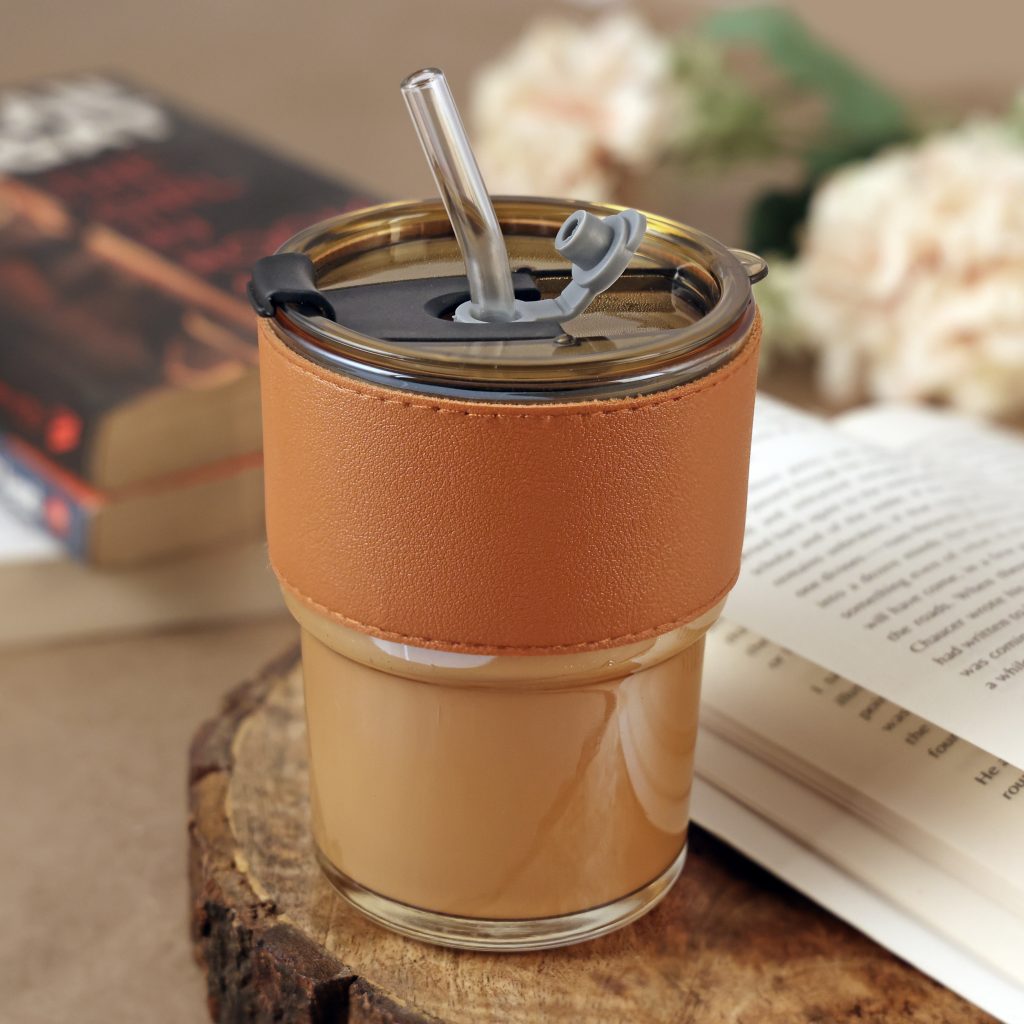
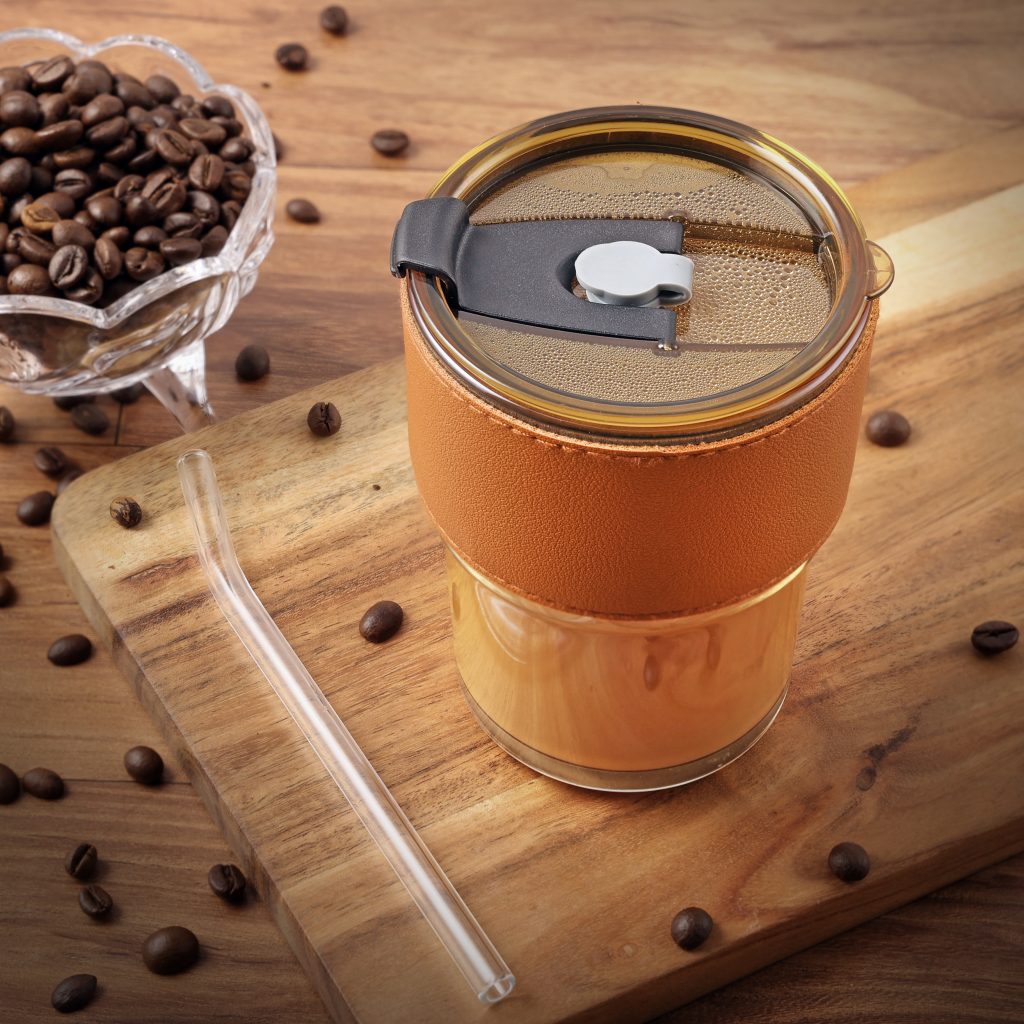
Equipment Needed for Product Photography Setup:
To start your Ecommerce Product Photography journey, you’ll need some essential equipment. The first item on your list should be a good quality camera. While smartphones can capture decent images, investing in a DSLR or mirrorless camera will give you more control over the final result. Additionally, you’ll need a sturdy tripod to keep your camera steady and avoid blurry images. A selection of lenses, including a macro lens for close-up shots and a wide-angle lens for capturing larger products, is also recommended. Finally, a white or neutral backdrop, along with a table or stand to support your products, will complete your basic setup.
Setting Up Your Product Photography Studio:
Creating a dedicated product photography studio is essential for consistent and professional-looking images. Choose a well-lit area with enough space to accommodate your products and equipment. Consider investing in a portable photography lightbox or tent to control lighting conditions and eliminate unwanted shadows. This will provide a clean and uniform background for your product images. Arrange your studio in a way that allows for easy access to your equipment and props while keeping the shooting area clutter-free.
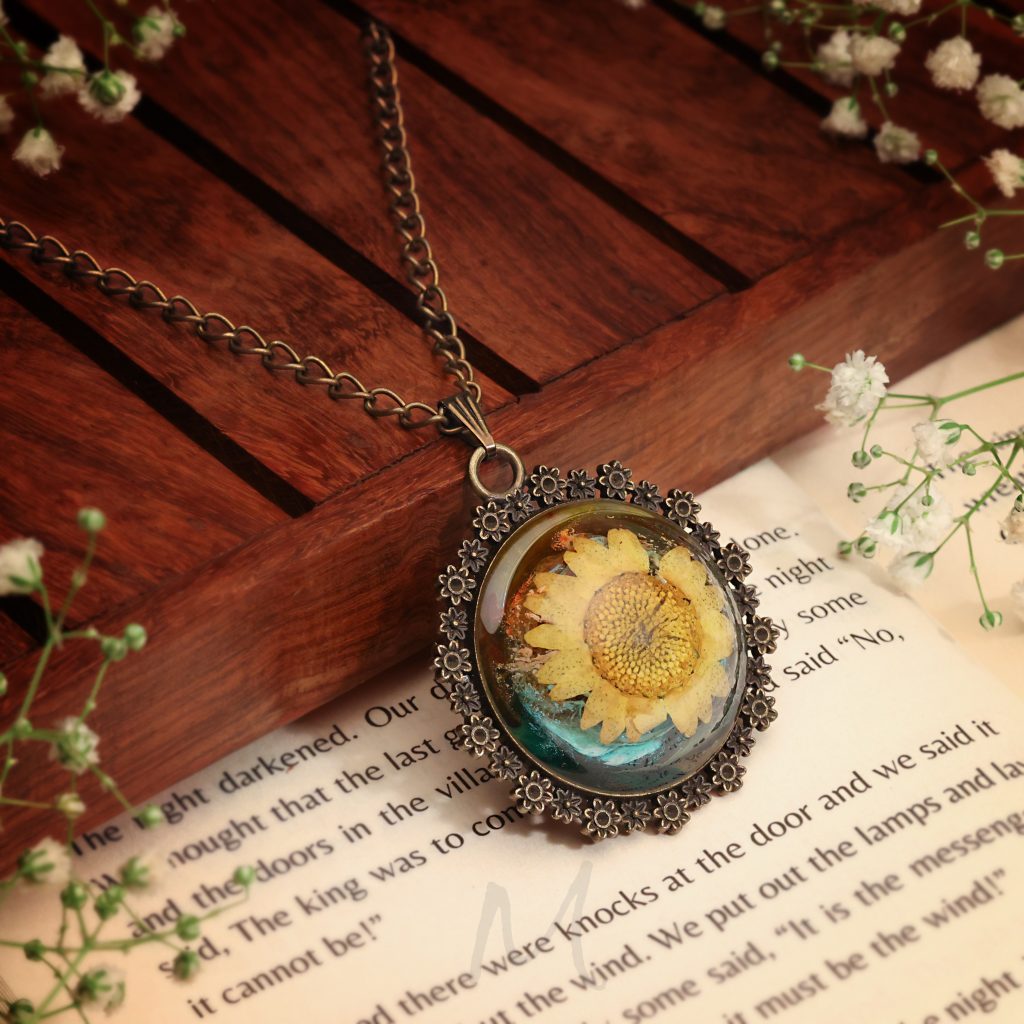
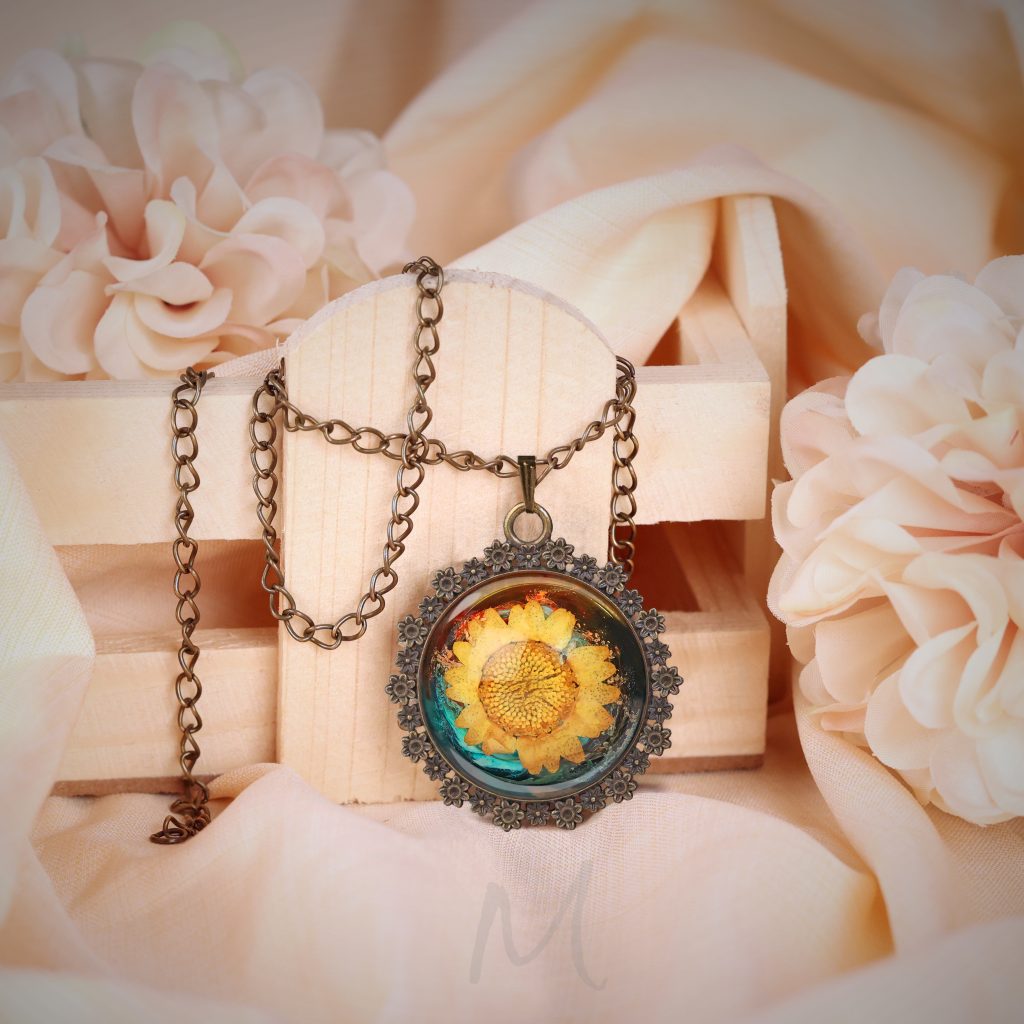
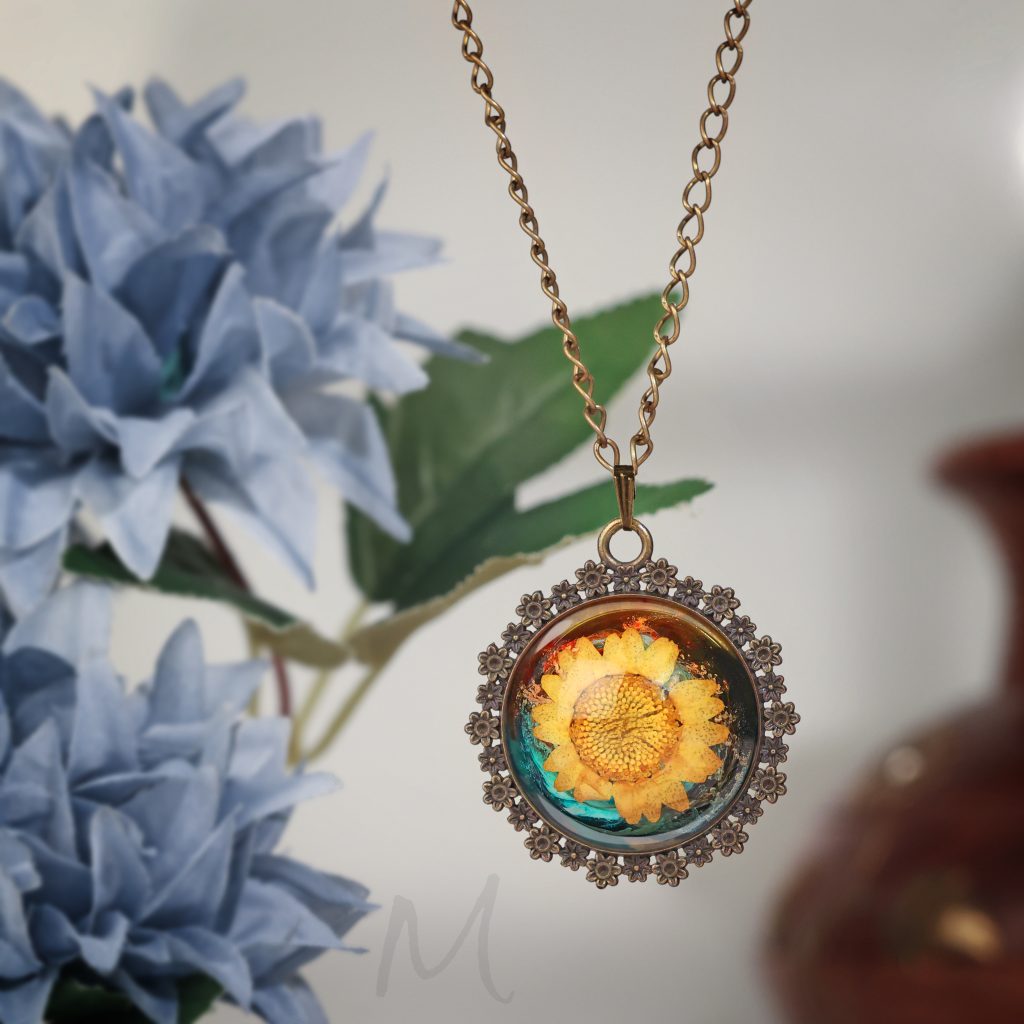
Lighting Techniques for Product Photography:
The right lighting can make or break your product photos. Natural light is often the preferred choice as it brings out the true colours and details of your products. Set up your studio near a large window or use diffusers and reflectors to control the intensity and direction of the sunlight. If shooting indoors, a combination of continuous lighting and studio strobes can provide consistent and controllable lighting. Experiment with different lighting setups, such as the three-point lighting technique, to achieve the desired effect and highlight the features of your products.
Composition And Styling for Product Photos:
Composition and styling play a crucial role in creating visually appealing product photos. Start by considering the purpose and target audience of your products. Use props and accessories that complement your products and create a lifestyle context. Pay attention to the rule of thirds, leading lines, and negative space to create a balanced composition. Experiment with different angles and perspectives to showcase the unique aspects of your products. Remember, consistency is key, so establish a style guide for your product images to maintain a cohesive and professional brand image.
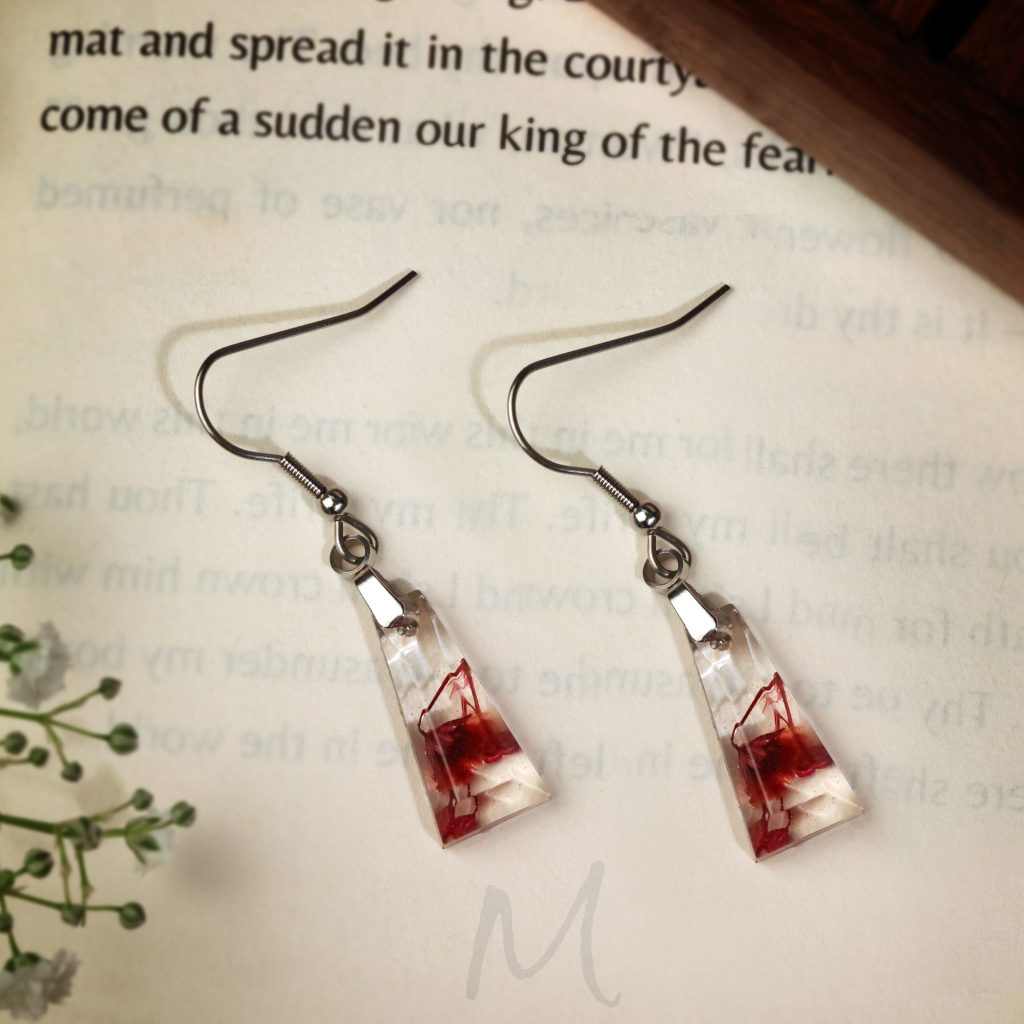
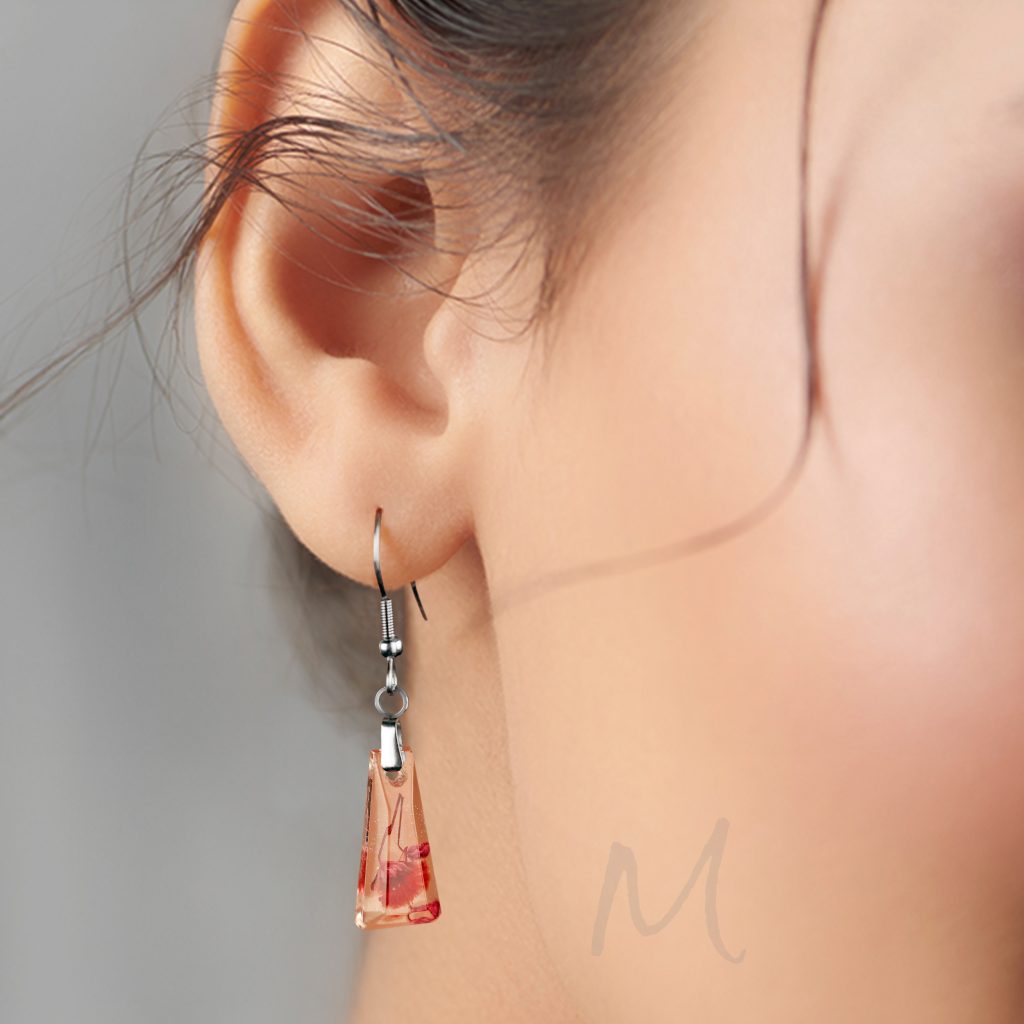
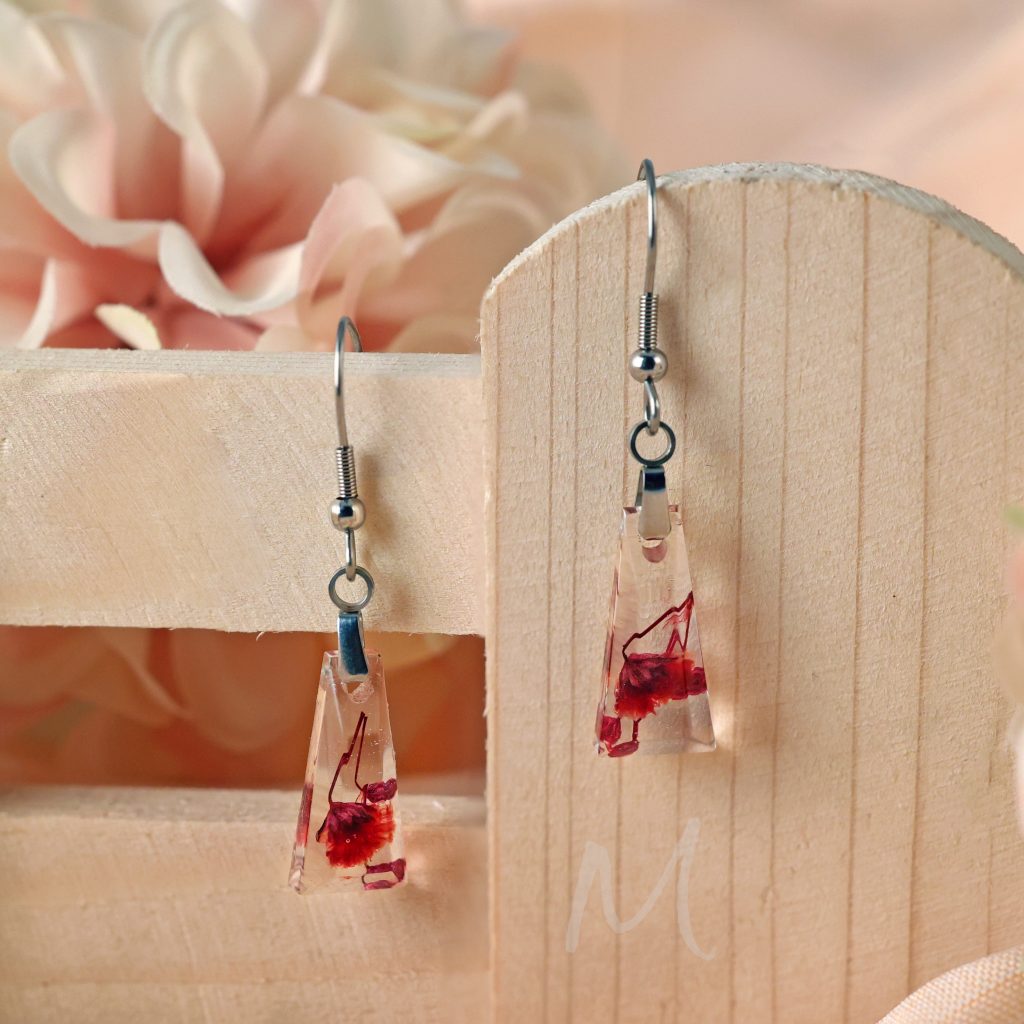
Camera Settings for Product Photography:
Understanding and mastering your camera settings will allow you to have full control over your product images. Start by shooting in manual mode to have complete control over exposure, aperture, and shutter speed. Adjust your ISO to achieve the desired level of brightness without introducing excessive noise. Use a narrow aperture (high f-number) to increase the depth of field and ensure that your products are sharp from front to back. Experiment with different settings and take test shots to fine-tune your camera settings for optimal results.
Editing And Retouching Product Photos:
Even with the best photography skills, post-processing is often necessary to enhance your product images. Use professional photo editing software like Adobe Photoshop or Lightroom to fine-tune the exposure, colour balance, and sharpness of your photos. Remove any imperfections or distractions using the spot healing brush or clone stamp tool. Consider adding a subtle watermark or logo to protect your images from unauthorized use. However, be careful not to over-edit your photos, as this can create an unrealistic representation of your products.
Product Photography for E-Commerce Success:
By mastering the art of product photography, you can greatly enhance your e-commerce success. High-quality product images will attract more customers, increase their confidence in your brand, and ultimately lead to higher conversion rates and sales. Remember to consistently apply the techniques and tips discussed in this guide to create visually stunning and compelling product photos that effectively showcase your products and differentiate your brand in the competitive e-commerce landscape.
By investing in the right equipment, setting up a dedicated studio, mastering lighting techniques, and applying composition and styling principles, you can create high-quality product images that captivate your audience and drive sales. Understanding camera settings, utilizing post-processing techniques, and implementing additional tips and tricks will further enhance the visual appeal of your product photos. By consistently delivering exceptional product images, you can establish a strong brand identity, build customer trust, and achieve e-commerce success.
